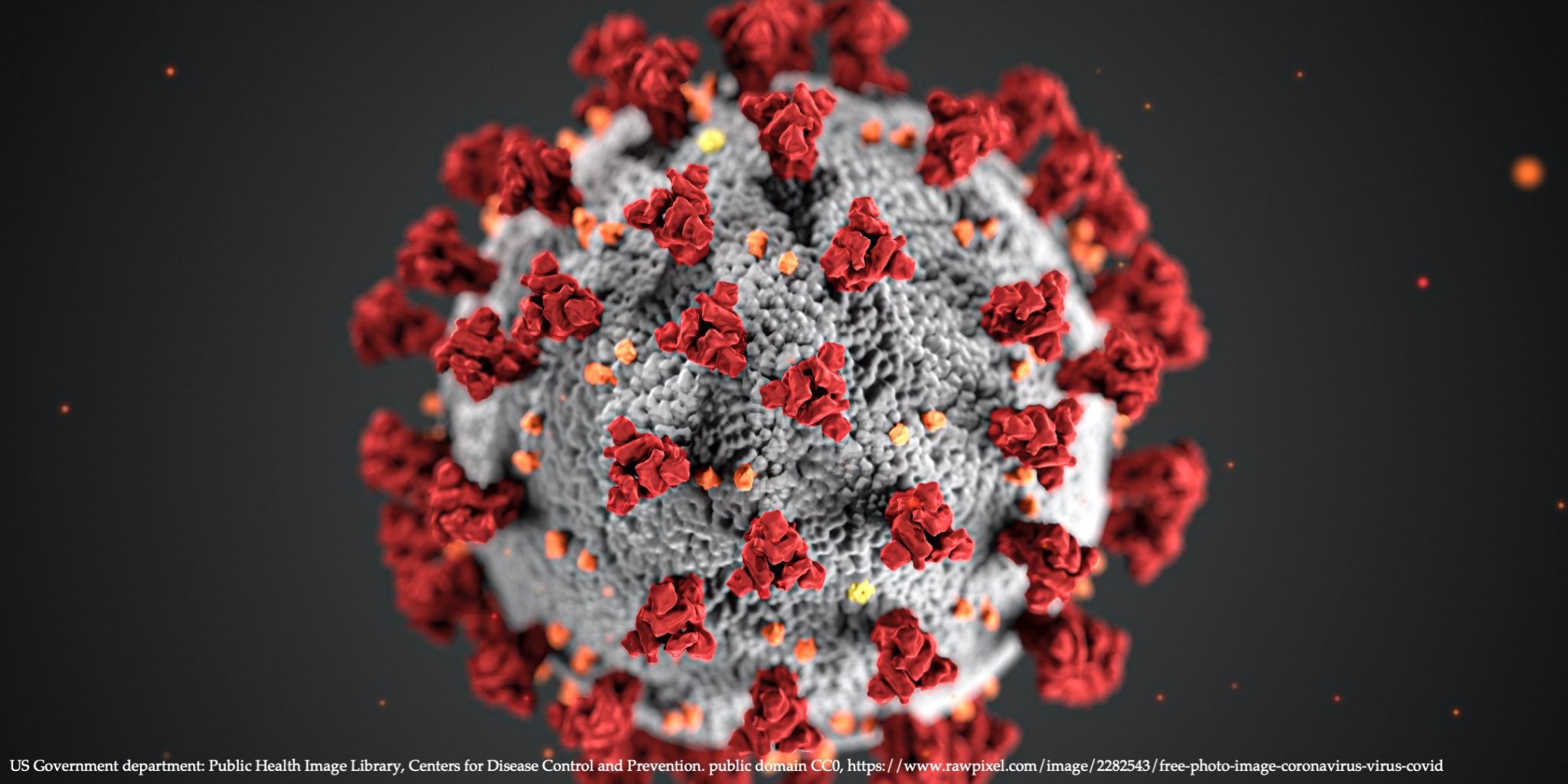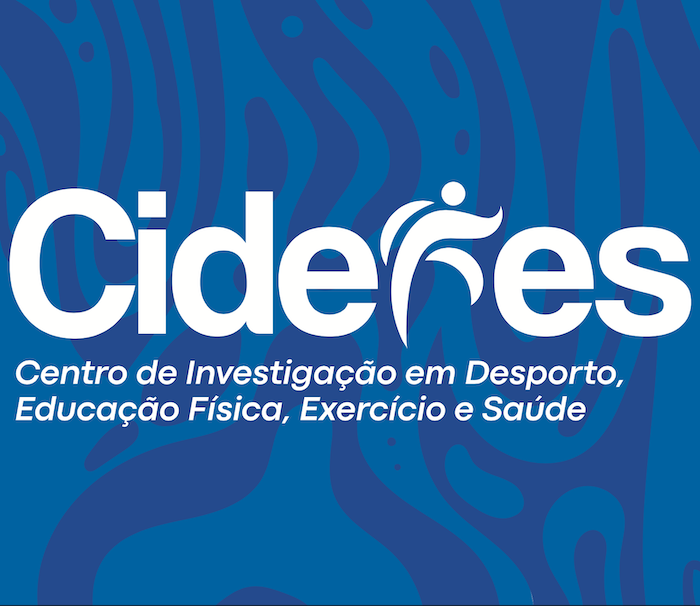Projects
MEXA-C (Movement and EXercise After COVID-19

Submitted to FCT, not yet started
Principal Investigators
António L Palmeira (PI) & Pedro B. Júdice (Co-PI)
Partners
Not disclosed as the project is under-review.
Summary
(Public Summary of the Project Submitted in March 9, 2021)
The World is surviving the COVID-19 pandemic. The figures from the beginning of March point to 115 million survivors, of whom 800,000 are Portuguese (almost 1 in each 10). 1
Research has increasingly pointed out the sequelae after COVID-19 infection, many of them long-lasting and causing varying degrees of disability. At the physical level, there is evidence of loss of functional capacity and sarcopenia caused either by the disease or by the physical inactivity associated with social isolation. At the mental level, the evidence points to a negative impact on depressive symptoms, anxiety, stress, and subjective quality of life. 2-4
With fewer media exposure, but underlying the physical and mental sequelae, are behavioral changes; the days are filled differently from the pre-pandemic period. During the successive social isolations, sleep habits, sitting (tv or work; sedentary behavior – SB), physical activity – PA (Sleep+SB+PA = 24 hours movement hygiene), and diet were changed. 7
This situation is all the more serious given the temporal extent of the pandemic management measures. Last year, Portugal spent 50% of its time in social isolation, representing 6 months for these new habits to become the “new normal.” In Behavioral Sciences, 6 months is often pointed out as the cutoff point for a new habit to form and remain part of what we are and do.
Given this scenario, it is important to move quickly from SURVIVAL to COVID-19 RECOVERY.
Exercise is the perfect candidate.
This is the responsibility that resulted in MEXA-C (Movement and EXercise After COVID-19), an integrative project (brings together researchers in health and sports sciences, high-level institutions in research, teaching and community liaison, with institutions promoting the exercise in the real world), and pragmatic (trial is in a community setting).
The MEXA-C aims to develop and test the effectiveness of a 3-month tailored, structured exercise intervention (6-month follow-up) on improving the physical and mental health of COVID-19 adult survivors with different severities.
Given the experience of almost two decades of the MEXA-C team 24,25, particularly in the area of behavioral change (e.g., European projects NoHoW and EuroFIT), the intervention will be imbued with state of the art in MOTIVATIONAL TECHNIQUES, increasing the likelihood of integration and support of physically active lifestyles beyond the 3 months of intervention. Another differentiating element of the team – the intense link to the development and implementation of guidelines promoting the 24 h of movement hygiene – will also be expressed in the intervention. The impact of contact time with participants is maximized, extending it to PA, SB, and sleep of their daily routines.
The MEXA-C intervention will be rigorously prepared 26,27, relying on a team of researchers with a strong connection to practice resulting from their experience as researchers and teachers in the context of exercise and health. This dual valence was recognized by the industry, facilitating the integration of Solinca in the MEXA-C team.
MEXA-C will integrate state-of-the-art measurements and control procedures. The Co-PI and several team members are experienced in these procedures, from their participation in funded projects. Besides, MEXA-C innovatively integrates assessment and control procedures in real-world conditions, which will be cross-validated with lab gold-standards, searching for future scalability in the exercise and health industry.
THE MEXA-C involves an extensive and diverse team of researchers. This demonstrates the SOCIAL RESPONSIBILITY that each of the team members recognizes to the project. It is a team with different levels of experience, which will invest their research time in MEXA-C. Thus, a researcher is leading and performing, controlling, and evaluating each of the tasks. MEXA-C research potential will be shared with master’s and doctoral students participating in masters and doctorates coordinated by team members.
Finally, the MEXA-C team has links with excellent dissemination pathways; at the national level through INSA, CEDOC, and the National Program’s two coordinators for the Promotion of PA of the General Directorate of Health. At the international level, the dissemination is ensured by the PI link to ISBNPA, the “go-to” scientific society of physical activity behavior. Dissemination is linked with the exploitation of MEXA-C. Solinca’s participation, with its network of gyms implemented at the national level and experience in developing business plans, guarantees that MEXA-C will have a clear path for its implementation scalability if the trial is successful.
The implementation and testing of MEXA-C and its effective dissemination (informed by its results) will significantly help the efficient transition from SURVIVAL to COVID-19 RECOVERY.
References MEXA-C
- WHO Coronavirus Disease (COVID-19) Dashboard.; 2021. Accessed March 5, 2021. https://covid19.who.int/table
- del Rio C, Collins LF, Malani P. Long-term Health Consequences of COVID-19. JAMA. 2020;324(17):1723. doi:10.1001/jama.2020.19719
- Huang C, Huang L, Wang Y, et al. 6-month consequences of COVID-19 in patients discharged from hospital: a cohort study. The Lancet. 2021;397(10270):220-232. doi:10.1016/S0140-6736(20)32656-8
- Carfì A, Bernabei R, Landi F, for the Gemelli Against COVID-19 Post-Acute Care Study Group. Persistent Symptoms in Patients After Acute COVID-19. JAMA. 2020;324(6):603. doi:10.1001/jama.2020.12603
- Crameri GAG, Bielecki M, Züst R, Buehrer TW, Stanga Z, Deuel JW. Reduced maximal aerobic capacity after COVID-19 in young adult recruits, Switzerland, May 2020. Eurosurveillance. 2020;25(36). doi:10.2807/1560-7917.ES.2020.25.36.2001542
- Blokland IJ, Ilbrink S, Houdijk H, et al. [Exercise capacity after mechanical ventilation because of COVID-19: Cardiopulmonary exercise tests in clinical rehabilitation]. Ned Tijdschr Geneeskd. 2020;164.
- García-Tascón M, Sahelices-Pinto C, Mendaña-Cuervo C, Magaz-González AM. The Impact of the COVID-19 Confinement on the Habits of PA Practice According to Gender (Male/Female): Spanish Case. Int J Environ Res Public Health. 2020;17(19):6961. doi:10.3390/ijerph17196961
- Phelan D, Kim JH, Elliott MD, et al. Screening of Potential Cardiac Involvement in Competitive Athletes Recovering From COVID-19. JACC Cardiovasc Imaging. 2020;13(12):2635-2652. doi:10.1016/j.jcmg.2020.10.005
- Ding D, del Pozo Cruz B, Green MA, Bauman AE. Is the COVID-19 lockdown nudging people to be more active: a big data analysis. Br J Sports Med. 2020;54(20):1183-1184. doi:10.1136/bjsports-2020-102575
- Constandt B, Thibaut E, De Bosscher V, Scheerder J, Ricour M, Willem A. Exercising in Times of Lockdown: An Analysis of the Impact of COVID-19 on Levels and Patterns of Exercise among Adults in Belgium. Int J Environ Res Public Health. 2020;17(11):4144. doi:10.3390/ijerph17114144
- Altena E, Baglioni C, Espie CA, et al. Dealing with sleep problems during home confinement due to the COVID‐19 outbreak: Practical recommendations from a task force of the European CBT‐I Academy. J Sleep Res. 2020;29(4). doi:10.1111/jsr.13052
- Kirwan R, McCullough D, Butler T, Perez de Heredia F, Davies IG, Stewart C. Sarcopenia during COVID-19 lockdown restrictions: long-term health effects of short-term muscle loss. GeroScience. 2020;42(6):1547-1578. doi:10.1007/s11357-020-00272-3
- Martinez-Ferran M, de la Guía-Galipienso F, Sanchis-Gomar F, Pareja-Galeano H. Metabolic Impacts of Confinement during the COVID-19 Pandemic Due to Modified Diet and Physical Activity Habits. Nutrients. 2020;12(6):1549. doi:10.3390/nu12061549
- Wang P, Li Y, Wang Q. Sarcopenia: An underlying treatment target during the COVID-19 pandemic. Nutrition. 2021;84:111104. doi:10.1016/j.nut.2020.111104
- Cénat JM, Blais-Rochette C, Kokou-Kpolou CK, et al. Prevalence of symptoms of depression, anxiety, insomnia, posttraumatic stress disorder, and psychological distress among populations affected by the COVID-19 pandemic: A systematic review and meta-analysis. Psychiatry Res. 2021;295:113599. doi:10.1016/j.psychres.2020.113599
- Scott JM, Thomas SM, Peppercorn JM, et al. Effects of Exercise Therapy Dosing Schedule on Impaired Cardiorespiratory Fitness in Patients With Primary Breast Cancer: A Randomized Controlled Trial. Circulation. 2020;141(7):560-570. doi:10.1161/CIRCULATIONAHA.119.043483
- Jurio-Iriarte B, Maldonado-Martín S. Effects of Different Exercise Training Programs on Cardiorespiratory Fitness in Overweight/Obese Adults With Hypertension: A Pilot Study. Health Promot Pract. 2019;20(3):390-400. doi:10.1177/1524839918774310
- Marsden DL, Dunn A, Callister R, Levi CR, Spratt NJ. Characteristics of Exercise Training Interventions to Improve Cardiorespiratory Fitness After Stroke: A Systematic Review With Meta-analysis. Neurorehabil Neural Repair. 2013;27(9):775-788. doi:10.1177/1545968313496329
- Lau HM-C, Ng GY-F, Jones AY-M, Lee EW-C, Siu EH-K, Hui DS-C. A randomised controlled trial of the effectiveness of an exercise training program in patients recovering from severe acute respiratory syndrome. Aust J Physiother. 2005;51(4):213-219. doi:10.1016/S0004-9514(05)70002-7
- WHO. WHO Guidelines on Physical Activity and Sedentary Behaviour: Web Annex. Evidence Profiles.; 2020.
- Segar ML, Marques MM, Palmeira AL, Okely AD. Everything counts in sending the right message: science-based messaging implications from the 2020 WHO guidelines on physical activity and sedentary behaviour. Int J Behav Nutr Phys Act. 2020;17(1):135. doi:10.1186/s12966-020-01048-w
- Bull F, Al-Ansari SS, Biddle S, et al. World Health Organization 2020 Guidelines on Physical Activity and Sedentary Behaviour. Br J Sports Med. Published online in Press 2020. doi:DOI: 10.1136/bjsports-2020-102955
- Williamson EJ, Walker AJ, Bhaskaran K, et al. Factors associated with COVID-19-related death using OpenSAFELY. Nature. 2020;584(7821):430-436. doi:10.1038/s41586-020-2521-4
- Scott SE, Duarte C, Encantado J, et al. The NoHoW protocol: a multicentre 2×2 factorial randomised controlled trial investigating an evidence-based digital toolkit for weight loss maintenance in European adults. BMJ Open. 2019;9(9):e029425. doi:10.1136/bmjopen-2019-029425
- van Nassau F, van der Ploeg HP, Abrahamsen F, et al. Study protocol of European Fans in Training (EuroFIT): a four-country randomised controlled trial of a lifestyle program for men delivered in elite football clubs. BMC Public Health. 2016;16(1):598. doi:10.1186/s12889-016-3255-y
- Lakerveld J, Palmeira AL, van Duinkerken E, Whitelock V, Peyrot M, Nouwen A. Motivation: key to a healthy lifestyle in people with diabetes? Current and emerging knowledge and applications. Diabet Med. Published online January 8, 2020. doi:10.1111/dme.14228
- American College of Sports Medicine, Liguori G, Feito Y, Fountaine C, Roy B, eds. ACSM’s Guidelines for Exercise Testing and Prescription. Eleventh edition. Wolters Kluwer; 2021.
- Bennett H, Parfitt G, Davison K, Eston R. Validity of Submaximal Step Tests to Estimate Maximal Oxygen Uptake in Healthy Adults. Sports Med. 2016;46(5):737-750. doi:10.1007/s40279-015-0445-1
- Silva MN, Sanchez-Oliva D, Brunet J, Williams GC, Teixeira PJ, Palmeira AL. “What Goes Around Comes Around”: Antecedents, Mediators, and Consequences of Controlling vs. Need-Supportive Motivational Strategies Used by Exercise Professionals. Ann Behav Med. 2017;51(5):707-717. doi:10.1007/s12160-017-9894-0

